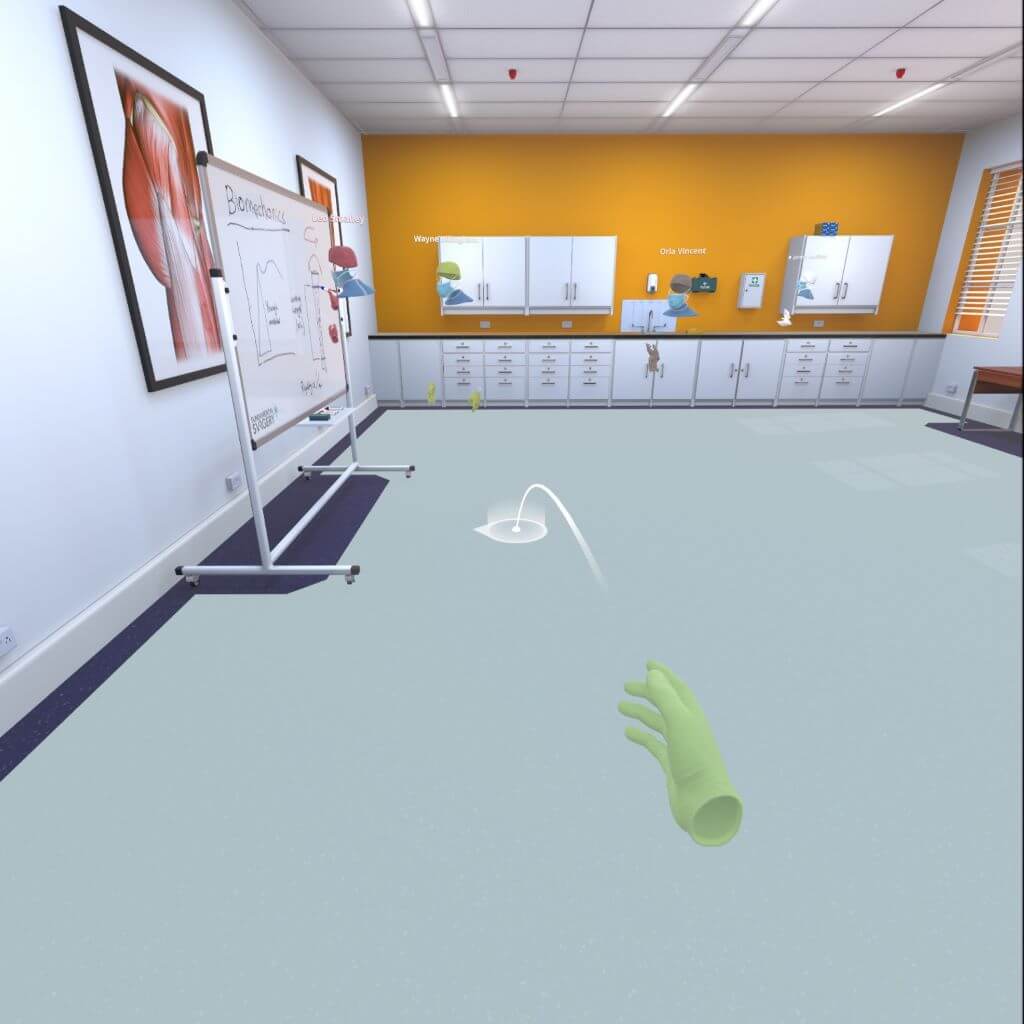FundamentalVR, the makers of award-winning medical immersive learning platform Fundamental Surgery, recently announced an expanded solution called “Teaching Space.”
The expansion allows for unlimited multi-user virtual classrooms and, while it may be released at a time of particularly dire need, the creators see it as much more than a COVID-era solution.
FundamentalVR’s Road So Far
FundamentalVR’s flagship product, HapticVR, is groundbreaking in its ability to convey sense of touch in surgical training. However, the hardware required for the platform meant that many students, residents, and trainees weren’t able to access it when social distancing lead to more and more remote classes.
“COVID-19 has presented significant challenges to surgical training and in many cases completely disrupted traditional training programs which have relied upon face-to-face events,” FundamentalVR’s Chief Learning Officer, Peter Rainger, said in a release shared with ARPost.
FundamentalVR addressed this issue with @HomeVR, which presented the initial content in a format that worked with more affordable and accessible VR headsets and hardware.
Earlier this year, FundamentalVR also expanded their experiences to allow multiple users into the virtual operating room simultaneously.
“Video conferencing facilities have come to meet the immediate communication needs of many. However, these 2D platforms do not fully replace the teaching and learning opportunities of being together in the same room,” said Rainger.
While this was a marked improvement, the virtual operating room still lacked a number of basic resources important for immersive learning, including note-taking features. The new Teaching Space solution brings students, trainees, and residents together with teachers and experts in an environment that provides these important resources.
The Need for Teaching Space
Just as Fundamental Surgery and @HomeVR replicate the operating room, Teaching Space replicates the classroom. The new space comes complete with visual aids and an interactive whiteboard that instructors can use to write outlines and draw diagrams. Users also have note-taking capabilities within the platform just like they would in a physical classroom.

“In our new Teaching Space, I can simply pick up a pen and draw out concepts on a whiteboard and allow trainees to annotate and write comments in real time, all whilst talking as if we were in the same room,” said Rainger.
Further, Teaching Space works along with @HomeVR and HapticVR so that users can switch back and forth between the virtual classroom and the virtual operating room. This allows users to take advantage of the tools provided by both spaces without utilizing completely different applications.
The Future of Immersive Learning
While this solution may have been created out of necessity during the pandemic, immersive learning was already a growing trend in education and FundamentalVR executives think that it will remain in demand.
“With most classes being conducted remotely, [Teaching Space] is a much needed resource right now,” FundamentalVR CEO Richard Vincent said in the release. “Long-term, we believe Teaching Space to be a feature users will continue to benefit from whenever they need to meet for quick lessons or review materials at a moment’s notice.”
In the end, immersive learning in medicine – like medicine itself – may be advancing at a more rapid pace during the pandemic, but it was already here and will remain long after.




